|
Authors note: While people from all demographics enjoy mer-swimming and are represented in this article as well, I wanted to focus a bit on how this is a feminist issue and can negatively affect girls who experience the bans. Bans are bad for everyone, but add to a growing list of limitations placed on young girls. If you’ve been watching the news in 2015 and 2016, you’ll see that mermaid performers, companies, and tails have been popping up more than they ever have in the 100 year history of the community. Media pieces went from sensationalism toward something they saw as “fringe”, to interest and inspiration, to fears over drowning and exaggerating and misrepresentation. I am here to set the record straight, backed up with facts and citations, on the use of mermaid tails and why I think the media and many pools are embracing the wrong mindset. Why You Should Care What I Think
The Safety ConcernsSo let’s start with the concerns! Pools across the world are beginning to ban mermaid tails after seeing a viral video of a little girl trying to do a flip in a tail. The little girl gets stuck doing the flip, and her attentive mom straightens her up. The mom posted the video online, and in her original post online, documented the safety information all over the box. She said in her Facebook comments that she wanted parents to pay attention to the information on the box, and be sure to watch their children. She at no time put down the tails, but rather encouraged safety. The video has since been viewed millions of times and been taken from her page and uploaded to various youtube accounts, and news websites. You can watch the video here: I and several other concerned mermaids reached out to the mom in question when the video first went online. (see bottom citations for context links) She admitted that her daughter had never worn a tail before and was learning how to swim. The very first thing the daughter ever tried after being told by her mom, was doing a flip. Most people, let alone mermaids, struggle with doing a flip in a shallow pool and often become stuck. The mom felt very bad about the twisting of her video, and she intended to share it to remind parents to watch the children. She even posed for a silly photo wearing her daughter’s mermaid tail telling parents, tails can be safe when used properly, it’s just important to always watch kids in the water. [viii] The video caught like wildfire, and before long the media was citing it for reasons why pools banned tails. One of the first bannings happened in Edmonton Alberta, but was misrepresented as the pool had not specifically banned mermaid tails, but rather continued their ban of all pool toys and fins. It became public when a local adult mermaid who wanted to train, spoke out about it. [ix] Since then the mermaid community has watched in over the past year how this video has made its way around the world, prompting sensationalized articles claiming the fins have been recalled (they have not), children have drowned (there has never been a recorded drowning) and that pools are banning them (many of the pools in question previously had no fin policies in place). This is contributing to a lot of misinformation about the mermaid tails. Folks do have valid concerns however. Swimming in a mermaid fin is different. Your feet are together and you must rely on the dolphin kick to move. This can be tricky to learn. The Safety FactsFirst of all, regardless of any media sensationalism, to date there has been no drownings associated with mermaid swimming in the 100 year history of mermaid tails and fins. That’s right. They date back 100 years- something we will detail a little later on in this article. Though the little girl in the video was not wearing this brand of tail, FinFun Mermaid tails are often thrust into the spotlight when the media go looking for someone to speak with about kid’s tails. CEO Eric Browning is often giving interviews talking about their product, and FinFun has an active safety section of their website detailing the use of the tails.[ix] In the safety section, FinFun details that the fins and tails have a combined weight of 2lbs. Water flows through the fabric and open end, and they are neutrally buoyant. This means their mermaid tail will not weigh you down or make you sink. An open bottom of the fin also allows for easy access to the fin, and the socks that hold feet in place can be kicked off. Finfun has a safety video that details safe use of their tail (such as not standing in it, and how to kick the tail off to free your legs), along with a safety leaflet that comes with the tail, and information printed on the packaging and the fins themselves. [x] You can see Finfun’s safety video below: Most other fabric based tails are similar to the finfun models. Other monofins (that fluke part) come with similar safety protocol along with an EMERGENCY RELEASE BUTTON or EMERGENCY RELEASE HOOKS. A person using a monofin simply presses the button, pulls a tab, or pulls a hook to free their feet. This is standard across monofins as they have been used by swimmers and free divers for decades. My company also participated in the very first (soon to be published) study through Dalhousie University where we measured the capabilities of swimming with a mermaid tail compared to just a monofin, and just by yourself. In every test the fins improved performance. You can see a video of me detailing the safety protocol and releases to CTV news below
The BenefitsGirls are the overwhelming majority of mermaid swimmers, though many boys enjoy it too. But sadly, many long term studies are showing that as they grow girls are less physically active, have more body image issues, and drop out of sports. [i] In a time when childhood obesity rates are on the rise, [xi] it is important to find these physical activities that children love, and empower them toward it- not take it away from them. Based on many fitness calculators and comparisons with other swimming techniques, mermaid swimming has the capacity to burn up to 500 calories an hour. Many long term studies and whole fields of education are putting forth that imagination and play help children develop, and people of all ages cope as well as learn better. [xiii] Putting on a mermaid tail allows a person of any age a chance to use their imagination and be physically fit. This it turn helps with focus, happiness, lifelong success in learning, and overall developmental health. The emergent curriculum approach specifically looks at how play benefits children. We know that children aren’t physically active, or playing enough.
We have watched astounding confidence building take place because of these efforts. Children who start classes In a life jacket and by the end are swimming like a fish and enrolled in further swimming lessons. We have watched shy girls unsure of themselves, blossom into young girls with bright imaginations. There is a monetary value to promoting mermaid swimming as well. Mermaid schools and classes bring in new memberships to pools and centers, and make money and offer opportunity for community growth. Finfun and my team (no affiliation) recommend the use of swim tests to set a baseline for mermaid classes, and also for free swims where fins may be allowed. I recognize that swimming and using a fin comes with a risk. But we can minimize those risks and capitalize on the empowerment the fins provide. The Problem With Banning Mermaid Fins
If you don't see this as a feminist issue, let me put it to you this way: When a man is paid $100, and a woman is paid $75 for the exact same work, we recognize that as being unfair. When both receive a paycut of $20 we recognize that it sucks for both of them to lose part of their pay, but we also recognize it's extra hard because the woman is working with even less now. We recognize that while they're both being stuck with a pay cut, the woman is at more of a disadvantage. This is the point I am making when I say banning mermaid tails puts girls at an extra disadvantage. Banning tails sucks for both girls and boys. But studies show that girls face disadvantages and limitations in physical activity than boys do. Those disadvantages range from lack of support and funding for girl's teams and female dominated fitness/sports, (including less pay for professional female athletes), boys being encouraged to continue on with physical fitness past puberty but more than 3 times the girls will drop out, and both face body issues and stigma but in girls it is a driving factor in why they will stop physical activity (insecurity). With mermaiding being primarily female dominated, we take away an activity that they are relentlessly passionate about despite all of these issues. Yes, it affects both boys and girls, but we must acknowledge that especially when it comes to children/pre teens, based on actual research, girls are at more of a disadvantage in the area of physical activity. This is why there are so many empowerment workshops aimed at improving body image in young girls, and encouraging them to be physically active. So What Now?So what do I recommend? Obviously pools and lifeguards still need to use discretion. A crowded pool and a mermaid tail regardless of the swimmers abilities can spell a recipe for disaster. I am not encouraging throwing common sense out the window, rather a more balance approach that benefits everyone.
Further Reading, Resources, and CitationsRead: Annette Kellerman the first Mermaid (100 years ago) Read: Boys over Mermaids Read: The Fishy Business Books & Raina's Vlogs check out www.mermaidsafety.com Raina's Media coverage about safety: Raina gave a CBC Radio Interview for Saint John, January 2016 here Raina was quoted in a TV and media clip In December 2015 for monofin safety here Raina was featured on CBC Edmonton AM , May 2015, Listen here Raina was featured in a CBC Calgary article, May 2015, Click here Raina was featured on CBC Calgary's "Eye Opener" Radio program May 2015 Click Here
Citations:
[i] https://ca.linkedin.com/in/stephanie-brown-63036959 [ii] http://www.adpgrant.ca/winner/halifax-mermaids/ [iii] https://www.youtube.com/watch?v=0zmf4sqSVVg [iv] http://www.cbc.ca/news/canada/new-brunswick/mermaids-empower-kids-events-1.3407304 [v] http://www.lulu.com/spotlight/rainamermaid [vi] http://halifaxmermaids.weebly.com/media-coverage.html [vii] http://ncmermania.com/staff/ [viii] Personal Facebook Conversation [ix] http://www.cbc.ca/news/canada/edmonton/mermaid-tail-enthusiasts-cry-foul-over-edmonton-pool-bans-1.3094659 [x] http://www.finfunmermaid.com/mermaid-tail-safety [xi] http://www.momsteam.com/successful-parenting/youth-sports-parenting-basics/parenting-girls/sports-dropout-rate-for-girls-six [xii] https://www.cdc.gov/healthyschools/obesity/facts.htm [xiii] https://www.psychologytoday.com/blog/beautiful-minds/201203/the-need-pretend-play-in-child-development [xiv] https://www.swimmingworldmagazine.com/news/6-reasons-your-child-should-swim/ Original posting of the "drowning" video by the mom who posted it: https://www.facebook.com/rebecca.tedderalvarado/videos/vb.1404676572/10207400991088700/?type=3&theater Mom posting photos of herself in her daughters tail to promote safety: https://www.facebook.com/photo.php?fbid=10207446823994494&set=pb.1404676572.-2207520000.1453669069.&type=3&theater ^ read comments on both links made by mother for more context Mermaids talk with the mom about her experience, and quote the conversation on a forum: http://mernetwork.com/index/showthread.php?11162-Little-girl-struggles-viral-video&p=198545&viewfull=1#post198545
3 Comments
10/16/2016 05:01:22 pm
Great post. Totally agree with you - banning these are not the right way to. Sure they can be dangerous if you're unskilled in the water.
Reply
evolved_gumshoos
1/6/2017 11:26:43 am
While I understand all the "empowerment" and "confidence" stuff that mermaiding promotes for girls I believe it is also noteworthy that it has effects for boys too. The "culture of machismo" seems to enforce masculinity onto boys, and such girls who are into boy-associated things like sports or action figures are tolerated, even celebrated, while boys who develop an interest on stereotypically "girly" endeavors such as mermaids, dolls or anything pink is treated with disgust, ridicule, even pejoratives like "sissy" or "gay". As such there are far fewer merboys than mergirls when it comes to tail swimming...though hopefully someday boys can be taught to be more open-minded and be confident in what they love to do. :)
Reply
Raina
1/6/2017 12:06:36 pm
Great points. And already addressed in several other blogs and videos that I have done specifically for boys. This blog takes a look at the specific effect on girls. But everything you brought up has been addressed in my previous blogs and videos on boys :)
Reply
Your comment will be posted after it is approved.
Leave a Reply. |
RainaThe Halifax Mermaid Buy the BookLeave a Tip
Disclaimer:
The information in these blogs and video posts are for informational purposes only. Trying any of these suggestions are done so at your own risk. The creator/owner assumes no risk or liability and urges you to seek out professional training and advice.
Archives
August 2018
|
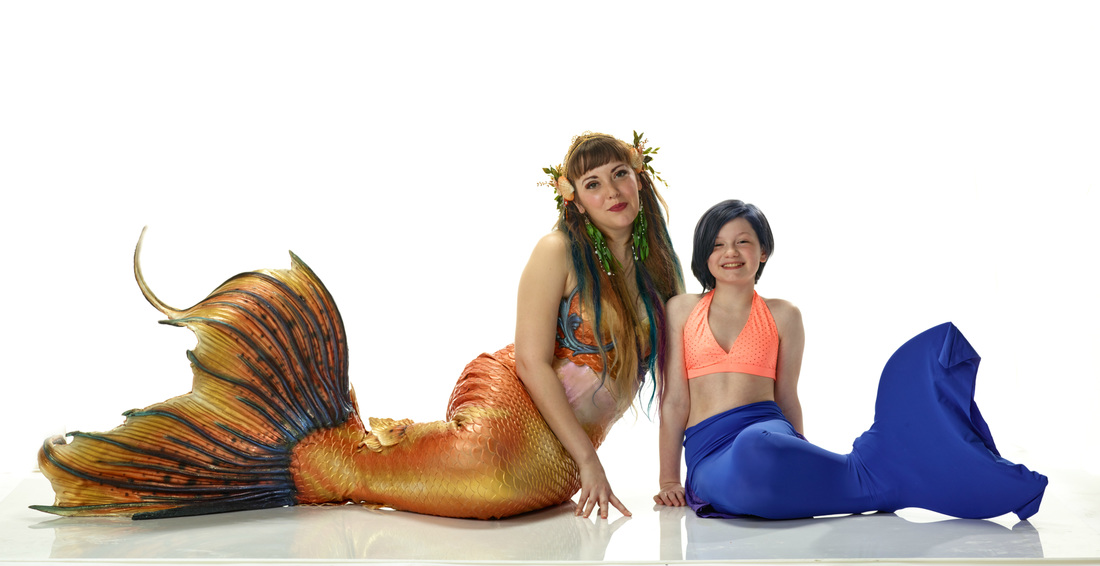
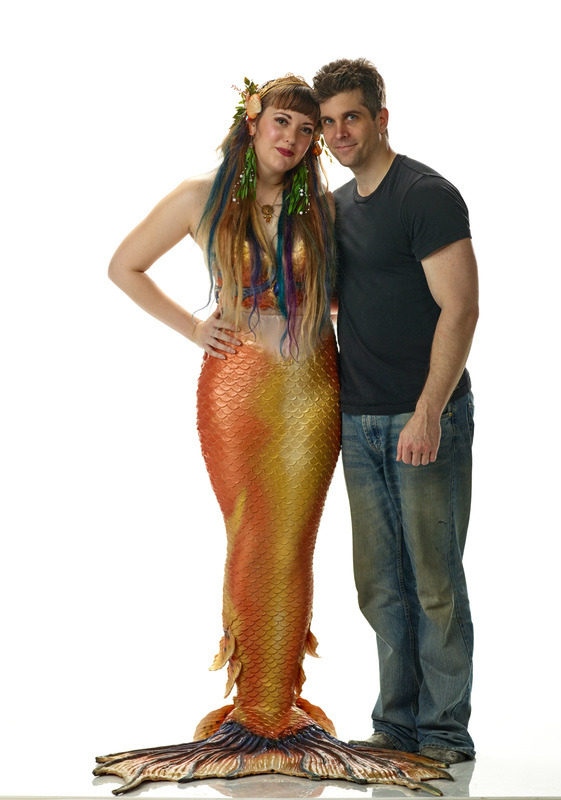

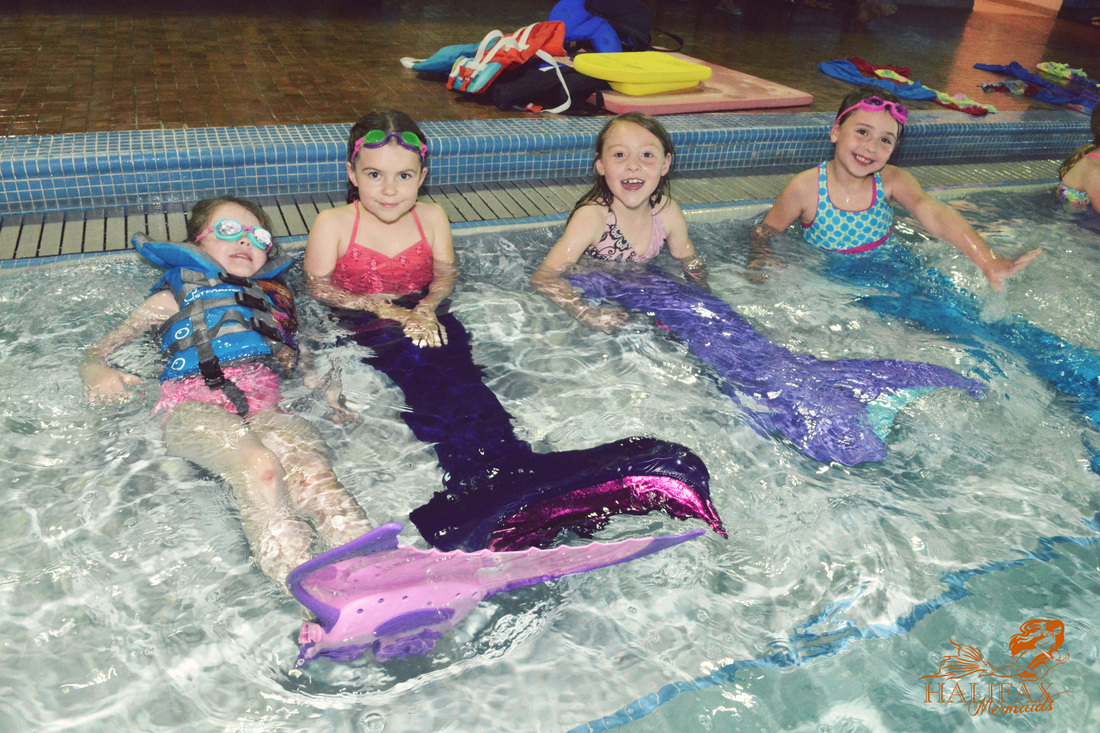

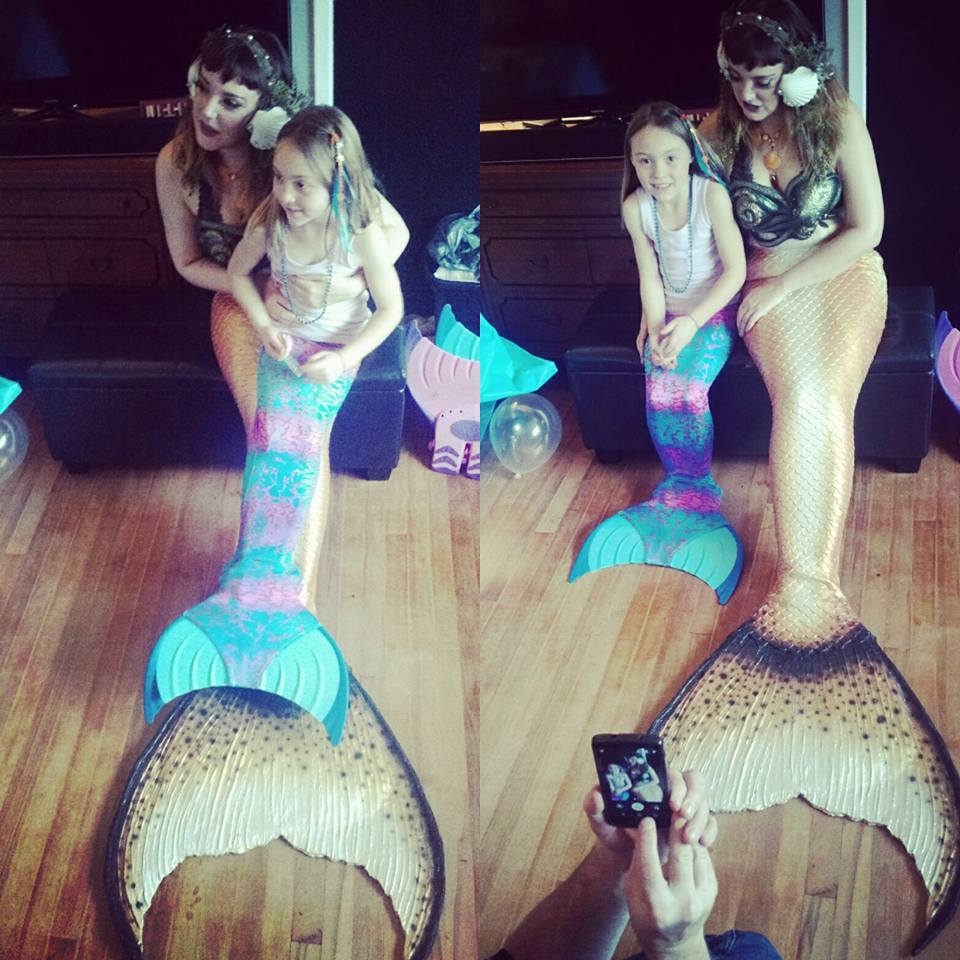

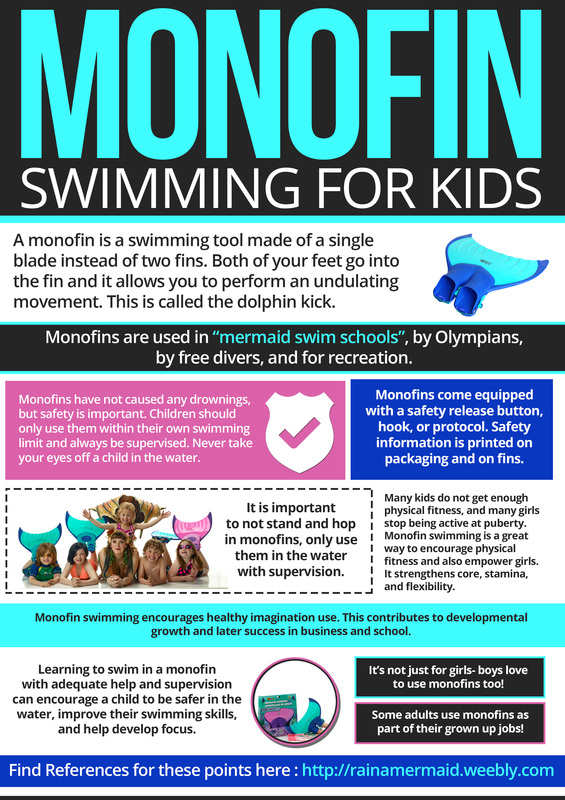
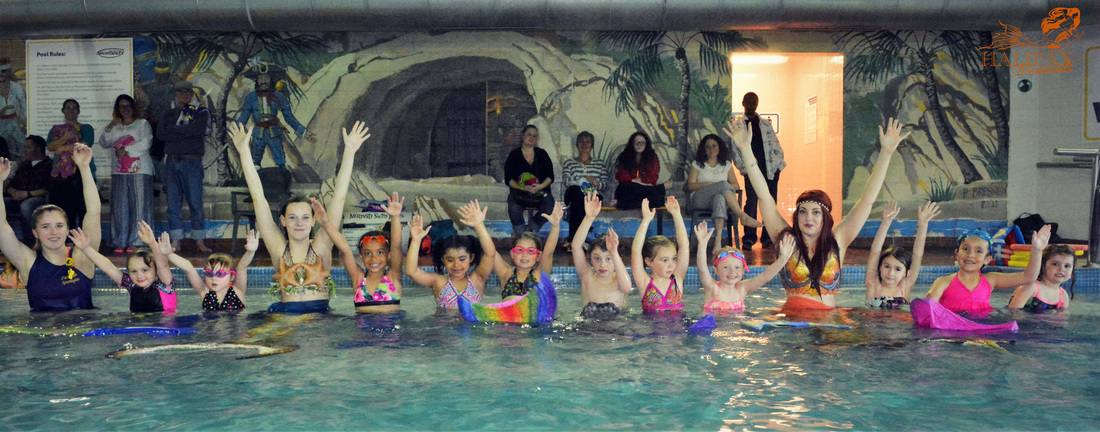
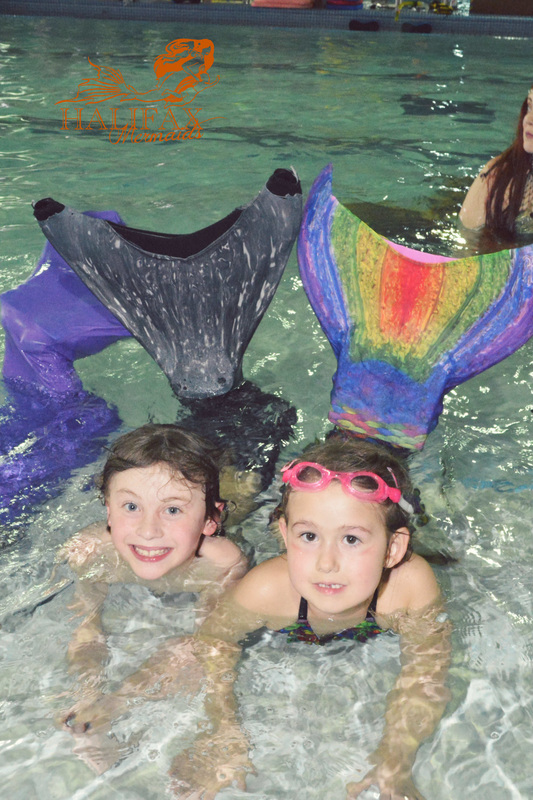

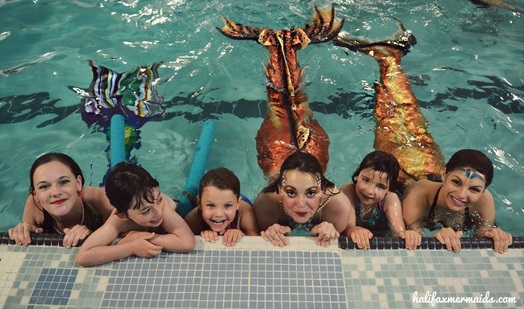

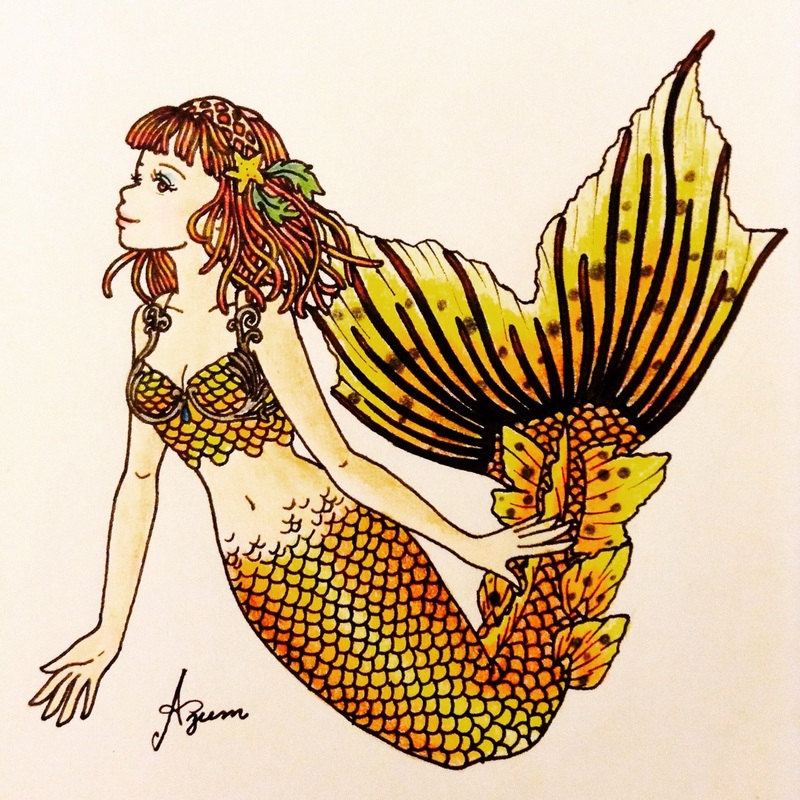







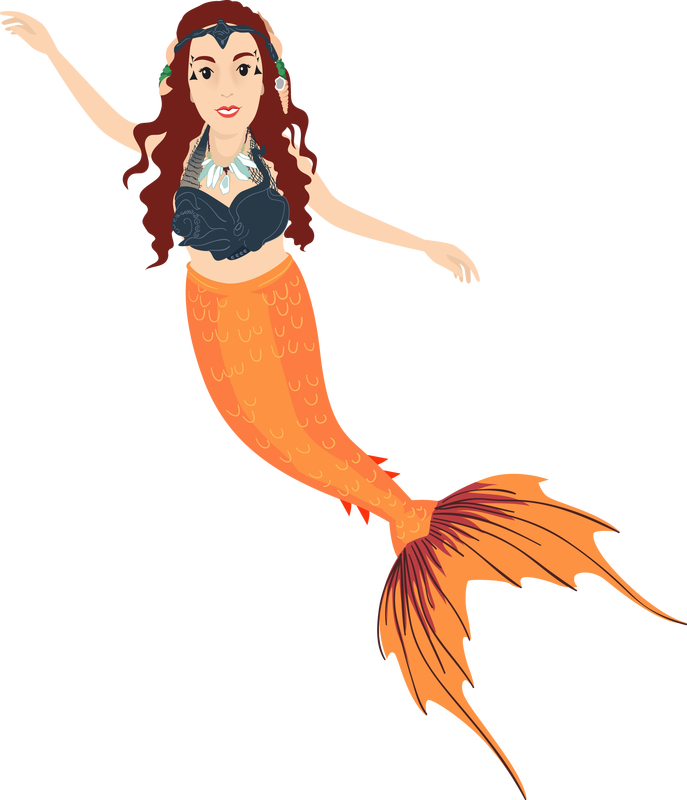
 RSS Feed
RSS Feed
